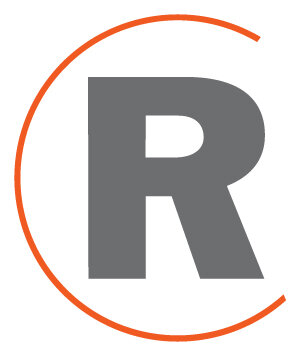After years of legal wrangling, a tentative agreement has been reached to settle thousands of opioid lawsuits for an estimated $26 billion—with the money destined for addiction treatment and prevention services. The deal must still be approved by the 40 states and dozens of municipalities that brought the lawsuits against drug distributors Cardinal Health, AmeriSourceBergen and McKesson, and opioid maker Johnson & Johnson. In a separate agreement, drug distributors would give $1.1 billion to New York State to end a trial currently underway there.
Yet thousands of other cases are still outstanding against opioid makers and pharmacy chains for their role in the epidemic, in which more than 500,000 Americans died over the past two decades from drug overdose, mostly opioids. Experts say however that the settlement provides an incentive for these companies to avoid trial without having to admit responsibility and be shielded from further litigation.
The settlement money is badly needed at a time when overdose are surging—to a record 93,000 last year—and treatment providers were forced to curtail services due to funding cutbacks. Money will be distributed to the states based on a formula including population an overdose deaths, with a provision that funds be used solely for addiction services, and not to balance state budgets. Some states, including New York, have passed a law stipulating that all funds be used to address the drug crisis.
If approved, the settlement is a major step forward to hold accountable the companies responsible for so many deaths and misery and a tragic drug crisis. But it does not end the opioid epidemic. Instead, it should be part of a comprehensive strategy that requires leadership, massive funding and a commitment to expanding drug treatment.
